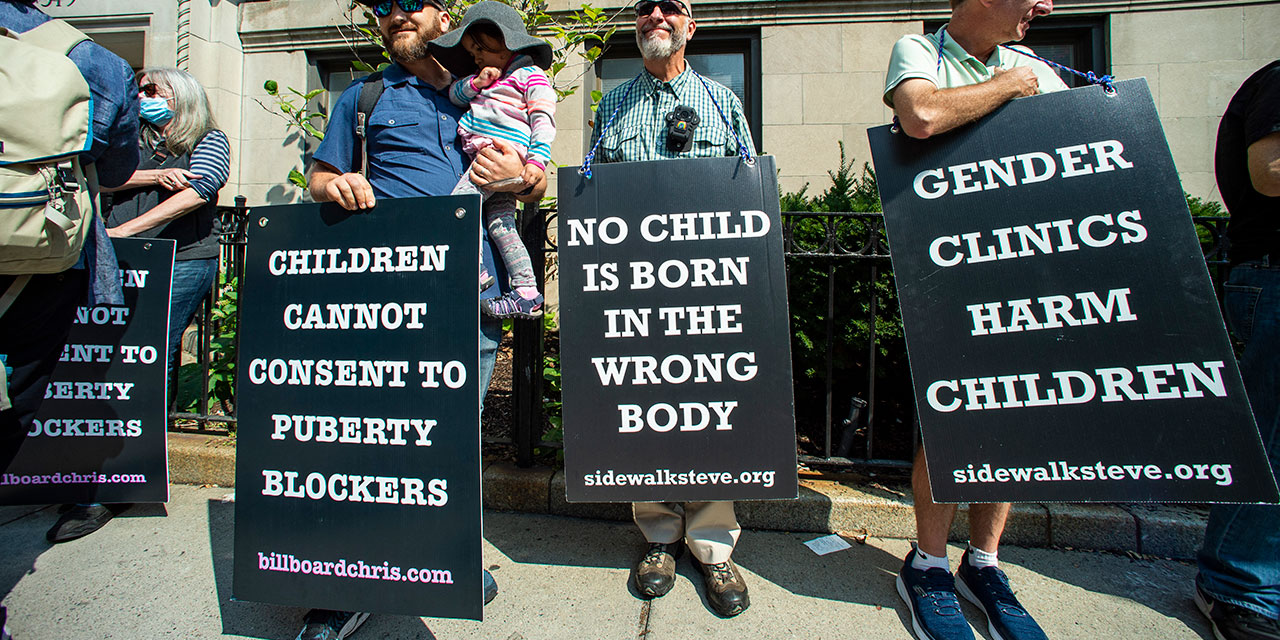As America grapples with an unprecedented youth mental-health crisis, children with the most serious needs increasingly lack access to an essential form of care: residential treatment.
Youth residential treatment facilities (YRTFs) are one of the few settings capable of caring for severely mentally ill children. These centers offer around-the-clock supervision and therapeutic services to kids with severe emotional and behavioral issues, bridging the gap between inpatient hospitalization and outpatient treatment for those recovering from acute episodes, such as suicide attempts.
Despite offering such critical services, YRTFs are increasingly scarce. According to a Manhattan Institute report, the number of these programs has fallen 60 percent since 2010. This has resulted in a national bed shortage, leading some states to place vulnerable children in overcrowded inpatient hospitals and emergency rooms. In at least 18 states, foster youth with acute mental-health needs have allegedly been housed in inappropriate settings, including office spaces and hotels.
This decline has occurred not because of a lack of demand but because of ideological opposition to residential care. Critics, often citing the “troubled teen industry,” argue that YRTFs are inherently abusive and unnecessary. A June Senate Finance Committee report, for example, claimed that children are “routine[ly]” harmed in these settings and that the risk of mistreatment is “endemic” to the treatment model itself.
Addressing abuse and improving oversight are critical, of course. But it is unfair to the many non-abusive YRTFs to claim that such harms are “endemic” to residential care. Further, federal data suggest that psychiatric residential treatment facilities are statistically as safe as general hospitals.
Opponents of residential care, including those who authored the Senate report, believe that home- and community-based services are a superior alternative for mentally ill children. However, these services are not a viable substitute for youth who need more intensive care. Generally, the only children admitted to YRTFs are those for whom it is deemed medically necessary. Residential treatment is a last resort for those for whom less intensive options, such as home- or community-based services, have proved insufficient.
As evidence mounts of youth readmissions to psychiatric hospitals, revisits to emergency rooms for attempted suicide and self-harm, and repeated usage of mobile crisis services, expanding residential care is more vital than ever. YRTFs could be an invaluable tool in curbing the nearly 50 percent rise in youth suicides over the past decade.
Keeping teens with severe emotional and behavioral needs at home and in the community—or the “real world,” as the Senate report calls it—is not a realistic or compassionate solution for America’s most vulnerable children. It is a dangerous fantasy.
Lawmakers must be better informed and push back against the opposition to youth psychiatric residential treatment facilities. A more rational debate would concern how to expand, not limit, the use of YRTFs, so that more kids can get the treatment they deserve. At minimum, states should abandon all efforts to close or downsize residential programs, and the federal government needs to cease its shameful lawfare campaign against the YRTF model, on which countless young people depend.
Photo by David L. Ryan/The Boston Globe via Getty Images






